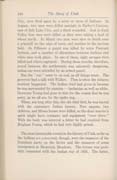
[p. 144]
The most lamentable events in the history of Utah, so far as the Indians are concerned, though, were the massacre of the Gunnison party on the Sevier and the massacre of some immigrants at Mountain Meadows. The former was probably connected with the Indian war of 1853. The latter,
FORT LARAMIE, WYOMING, ON THE WAY TO UTAH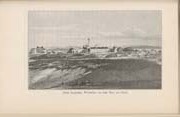
[p. 145]
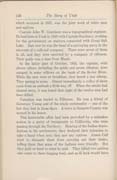
[p. 146]
which occurred in 1857, was the joint work of white men and natives.
The Mountain Meadows affair was even more shocking. Mountain Meadows is a beautiful patch of greensward lifted up a little from the plain. It is about thirty-five miles south of Cedar City, in Iron County. Here, in August, 1857, a company of emigrants made their camp.
The company consisted of one hundred thirty-seven people—men, women, and children. This included what was known as some "wild cats" from Missouri, a gang of rowdies, who boasted that they had helped to drive the Mormons from that State and otherwise made themselves obnoxious—poisoning cattle, for instance. The rest were well-to-do folk, highly respected where they came from. With them were several thousand head of cattle. They were under the leadership of a Captain Fancher, and were on their way to California.
That there was no ill-will between them and the settlers between Salt Lake City and Cedar City—aside from those "wild cats"—is evident from at least two things. One was that they asked and received the advice of C. C. Rich, who knew both routes to the coast and who had told them why he thought the northern road was the better. They had taken his counsel at first, but later changed their minds. The other circumstance was that the settlers along the way had sold them such provisions as they could spare. The settlers had not sold them grain for their cattle, but had not withheld wheat and flour for human consumption, for just then there was a not too plentiful supply.
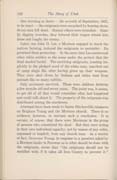
[p. 148]
One morning at dawn—the seventh of September, 1857, to be exact—the emigrants were surprised by hearing shots. Seven men fell dead. Sixteen others were wounded. Hastily digging trenches, they lowered their wagon wheels into these and fought the enemy.
Later, one John D. Lee, a Mormon engaged to teach the natives farming, induced the emigrants to surrender. He promised them protection. At the same time Lee summoned other white settlers to the scene under the pretext that the dead needed burial. The surviving emigrants, trusting implicitly in the pledged word of the white man, marched out of camp single file, after having given up their weapons. They were shot down by Indians and white men from ambush like so many rabbits.
Only seventeen survived. These were children between a few months old and seven years. The point was, it seems, to get rid of all that would remember what had happened and could talk about it. The property of the emigrants was distributed among the murderers.
Attempts have been made to fasten this horrible massacre on Brigham Young and the Mormon church. There is no evidence, however, to warrant such a conclusion. It is certain, of course, that there were Mormons in the group of persons who committed the deed. But they were acting in their own individual capacity, not by reason of any order, expressed or implicit, from any church man. As a matter of fact, Governor Young, in response to a question asked by a Mormon leader in Parowan as to what should be done with the emigrants, wrote that "the emigrants should not be meddled with, if it takes all Iron County to prevent it."
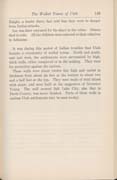
[p. 149]
Haight, a leader there, had told him they were in danger from Indian attacks.
Lee was later executed for his share in the crime. Others died in exile. All the children were restored to their relatives in Arkansas.
It was during this period of Indian troubles that Utah became a community of walled towns. North and south, east and west, the settlements were surrounded by high, thick walls, either completed or in the making. They were for protection against the natives.
These walls were about twelve feet high and varied in thickness from about six feet at the bottom to about two and a half feet at the top. They were made of mud mixed with straw, and were built at the suggestion of Governor Young. The wall around Salt Lake City, also that in Davis County, was never finished. Parts of these walls in various Utah settlements may be seen to-day.